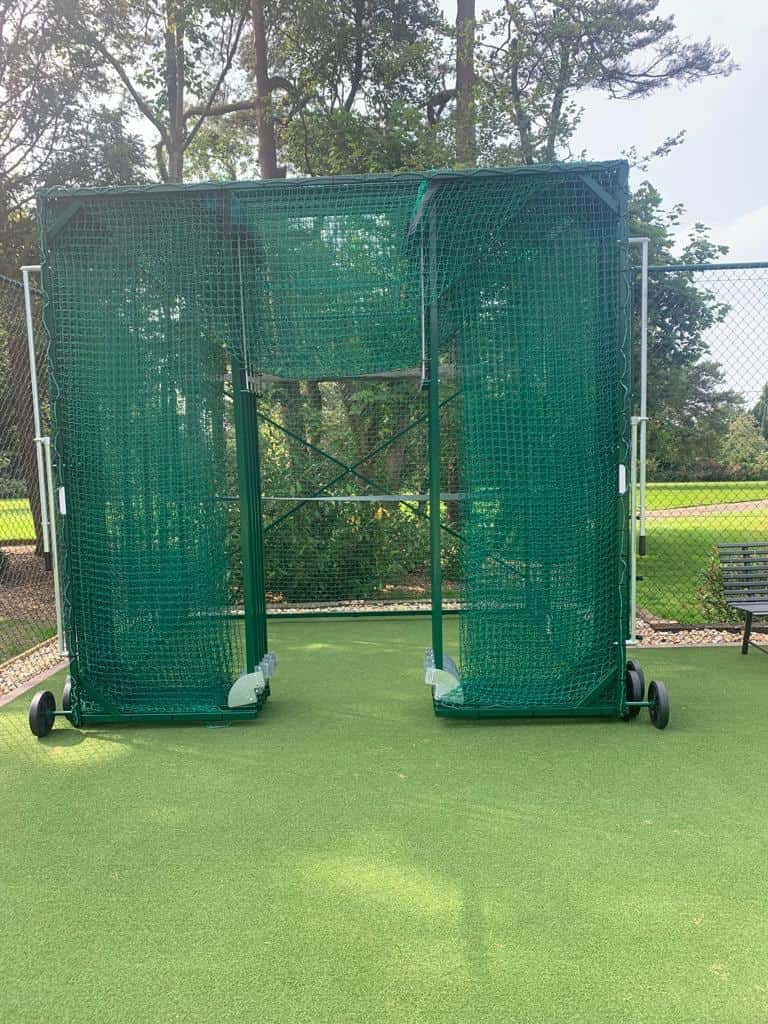Introduction: Tennis courts are a valuable asset for sports enthusiasts, schools, and clubs. However, like any outdoor facility, they require regular maintenance and occasional refurbishment to remain safe, playable, and visually appealing. The type of tennis court surface you have will significantly impact its refurbishment needs. In this blog post, we’ll explore the various types of tennis court surfaces and their specific refurbishment requirements.
1. Hard Courts: Hard courts are typically made of asphalt or concrete, providing a solid and consistent playing surface. However, over time, cracks can develop due to weather conditions and regular use. Refurbishing hard courts may involve crack repair, resurfacing with a new acrylic coating, and repainting lines and markings.
2. Clay Courts: Clay courts are known for their unique playing experience and slower ball speed. Maintenance and refurbishment for clay courts include regularly adding fresh clay material (Har-Tru or red clay) to maintain the desired playing consistency. The surface may also need levelling and rolling to prevent uneven areas.
3. Grass Courts: Grass courts are the most traditional and are often found in prestigious tennis clubs. To refurbish grass courts, they must be aerated, overseeded, and regularly mowed to maintain the lush grass surface. Proper drainage systems are crucial to prevent waterlogging.
4. Synthetic Grass (Turf) Courts: Synthetic grass or turf courts offer a low-maintenance alternative to natural grass. Refurbishing synthetic grass courts may involve replacing worn-out turf sections, infill replenishment, and brushing to maintain proper court speed.
5. Composite or Modular Courts: Composite or modular tennis courts are made of interlocking tiles or panels. These courts are highly durable and require minimal maintenance. Refurbishment typically involves cleaning, re-leveling if necessary, and replacing damaged tiles or panels.
6. Rubberised Courts: Rubberised courts, often found in multi-sport facilities, offer excellent shock absorption. Refurbishing rubberised courts may require patching or resurfacing to address cracks and surface wear. Regular cleaning and resealing are also essential to extend the court’s lifespan.
7. Acrylic Courts: Acrylic courts are known for their consistent bounce and speed. Refurbishing acrylic courts may involve resurfacing with fresh acrylic layers, repainting lines, and applying a non-slip finish for player safety.
8. Carpet Courts: Carpet courts are indoor or outdoor courts with a carpet-like surface. Refurbishing carpet courts may involve cleaning, replacing worn-out sections, and ensuring the court’s subfloor is in good condition.
Conclusion: Proper refurbishment of tennis courts is essential to maintain their performance, safety, and aesthetic appeal. The type of tennis court surface you have will dictate the specific refurbishment needs. Regular maintenance and timely refurbishment not only extend the lifespan of your tennis court but also enhance the overall playing experience. If you’re unsure about the refurbishment requirements for your tennis court, it’s advisable to consult with a professional tennis court construction and maintenance service like Tennis Court Construction Kent. They have the expertise to assess your court’s condition and recommend the appropriate refurbishment solutions, ensuring your tennis court remains in top shape for years.
Call us on: 01580 234 693
Click here to find out more about Tennis Court Construction Kent
Click here to complete our contact form and see how we can help with your court needs.

